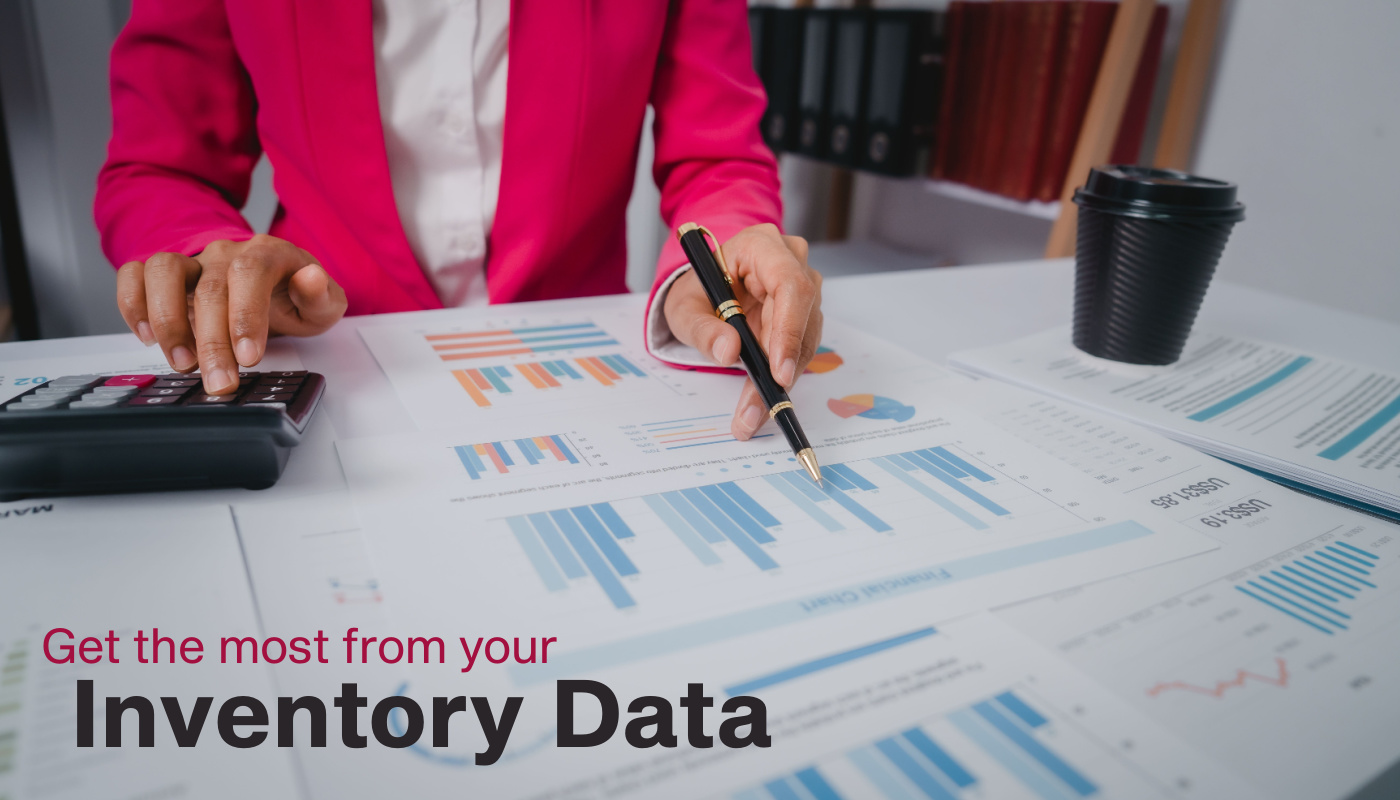Many organizations conduct their asset inventories this month. The focus for most people involved is to just get the task done and get on with their lives. To them, it’s an activity needing completion – nothing more.
But what happens to the information collected?
An inventory activity may be that necessary evil that Beth in Accounting bugs you about annually – because she is getting bugged annually about reports she needs to produce.
But what could happen to the information collected?
A simple what and where that’s gathered during an inventory can go a long way to benefitting teams in a number of directions. Here are just four:
Financial – This is usually the one we think of first – since it’s Beth (or whomever) from Accounting bugging us to get the exercise done for her “reports.” Those reports usually go beyond the inventory efforts to assist in determining the overall value of assets purchased, estimates of depreciation, potential needs for additional investment (or divestments), and just budgeting. We need to know where we stand financially as organizations – inventory activities definitely help.
Operations – Knowing what you have and where can definitely help to preserve your sanity. By maintaining an asset inventory practice, you can stay on top of this and trust your asset data. With a little more information beyond what & where – you can manage and monitor assets throughout their lifecycle, such as condition, maintenance history, and other relevant details. This helps your team to get the most out of asset investments, stay on top of maintenance needs, and plan for replacements or upgrades.
Security – Asset inventory data can also be used to identify potential risks and vulnerabilities within your asset infrastructure, like IT assets. By analyzing the data collected, organizations can assess the criticality of different assets, look at their exposure to threats, and implement risk mitigation processes where needed. This helps to increase asset security, reduce downtime, and minimize disruption to your team.
Organization – The data collected from an asset inventory can also provide valuable insights for strategic planning and decision-making. It can help your team identify asset utilization patterns, determine areas where efficiencies can be improved, and even influence resource allocation. With accurate and up-to-date asset information, organizations can make informed decisions about what they buy, how they use things, what they dispose of, when/how to maintain, and what to purchase in the future.
Knowing this information won’t make inventories less tedious (actually, we have a software solution that will do that). But the potential influence of the results of your efforts is likely bigger than you thought.
How do you use your asset inventory information? How would you like to? I’d be interested to hear what you’re doing – and see if there is a way we can make the task easier.




